Choosing the right putter shaft length is crucial for your performance on the greens. A correctly measured shaft can make all the difference between sinking that birdie putt or missing it entirely. In this guide, we’ll walk you through the steps to measure your putter shaft length accurately, ensuring you’re equipped to enhance your game.
Understanding Putter Shaft Length
Putter shaft length generally ranges between 33 to 36 inches, but it is essential to know that the right shaft length is as unique as every golfer. The correct measurement depends on various factors such as your height, posture, arm length, and personal preference.
Why Putter Shaft Length Matters
- Control and Accuracy: A proper shaft length provides better control over your putts, improving accuracy.
- Comfort: A length that feels good in your hands can help you maintain a consistent stroke.
- Consistency: Every golfer swings differently. Measuring your shaft length allows you to find a putter that suits your swing style.
Steps to Measure Putter Shaft Length
Tools Needed
- Tape measure or ruler: A flexible tape measure can help if you have a curved shaft.
- Flat surface: Lay the putter on a flat surface to get an accurate measurement.
- Putter grip: It’s essential to consider the grip as it can influence the overall length.
Measuring Process
-
Position the Putter: Lay the putter on the flat surface with the face down. Make sure the head is flat against the surface.
-
Locate the Measuring Point: The standard measuring point is from the ground to the top of the grip. If your putter has an oversized grip, measure from the top of the grip to maintain consistency.
-
Take the Measurement: Align the tape measure vertically from the ground to the top of the grip. Ensure the tape is straight without any bends or curves.
-
Record the Length: Note down the measurement. If you have custom grips, it’s a good idea to measure them as well to ensure an accurate overall shaft length.
- Repeat for Consistency: For the best accuracy, repeat the measurement a couple of times. It’s essential to maintain consistency to ensure the best performance from your putter.
Visual Guide
| Step | Description | Illustration |
|---|---|---|
| 1 | Place the putter flat on a surface. | |
| 2 | Measure from the ground to the grip top. | |
| 3 | Note down the length. |
Additional Tips for Choosing the Right Shaft Length
- Stand Tall: Good posture plays a significant role. Stand straight when measuring for the best results.
- Consider Your Stroke: If you have a more upright stroke, a longer shaft may be beneficial. Conversely, if you tend to crouch more, a shorter shaft might suit you better.
- Seek Professional Advice: When in doubt, consult with a professional club fitter or golf instructor. They can provide insights into your personal metrics and what would work best for you.
Putter Length by Height
It can also be helpful to consider standard recommendations based on your height. Below is a quick reference table:
| Height (ft/in) | Recommended Putter Length (inches) |
|---|---|
| 5’0" – 5’4" | 32" – 33" |
| 5’5" – 5’9" | 33" – 34" |
| 5’10" – 6’2" | 34" – 35" |
| 6’3" and above | 35" – 36" |
Customizing Shaft Length
Understanding how to measure your putter shaft length is just the beginning. After measuring, consider if a customized solution might be best for you. Many golfers find that they need to adjust their shaft length based on how they play.
- Cutting the Shaft: This is common, but it’s essential to adjust the grip accordingly.
- Extending the Shaft: Adding length is also a possibility and can help to achieve the desired feel.
"Experimenting with different lengths can often lead to finding that perfect fit."
Key Takeaways
- Proper measurement of your putter shaft length is crucial for enhancing your golf game.
- Use a flexible tape measure to ensure accuracy, measuring from the ground to the top of the grip.
- Be mindful of your posture and stroke style when selecting the correct length.
- Always consult with a professional if you are unsure about your measurements.
FAQ Section
1. What is the standard putter shaft length?
The standard putter shaft length typically ranges from 33 to 36 inches.
2. How do I know if my putter shaft is the right length?
You can assess it by measuring from the ground to the top of your grip and ensuring your posture and swing style are comfortable.
3. Can I adjust the length of my putter shaft?
Yes, you can cut or extend your shaft based on your measurements and preferences.
4. What happens if my putter shaft is too long?
If your shaft is too long, it can affect your control and accuracy, making it difficult to achieve a consistent stroke.
5. Should I consider my grip size when measuring the shaft length?
Absolutely! The grip size can impact the overall length needed for optimal comfort and performance.
6. How often should I re-measure my putter shaft?
It’s a good idea to re-measure your putter shaft whenever you change grips or if you notice a change in your swing technique.
7. Where can I get my putter customized?
Many golf shops and fitting studios offer customization services for putters.
8. What tools do I need to measure my putter shaft?
A ruler or flexible tape measure, and a flat surface are the primary tools required.
9. Can I measure my putter shaft length on my own?
Yes, you can measure your putter shaft length on your own using a tape measure.
10. Why does putter shaft length matter?
Putter shaft length affects control, comfort, and ultimately your performance on the greens.
By following this guide and measuring your putter shaft length accurately, you’ll find yourself closer to unleashing your full potential on the golf course. And remember, every golfer is unique, so don’t hesitate to experiment until you find what works best for you! Happy putting!
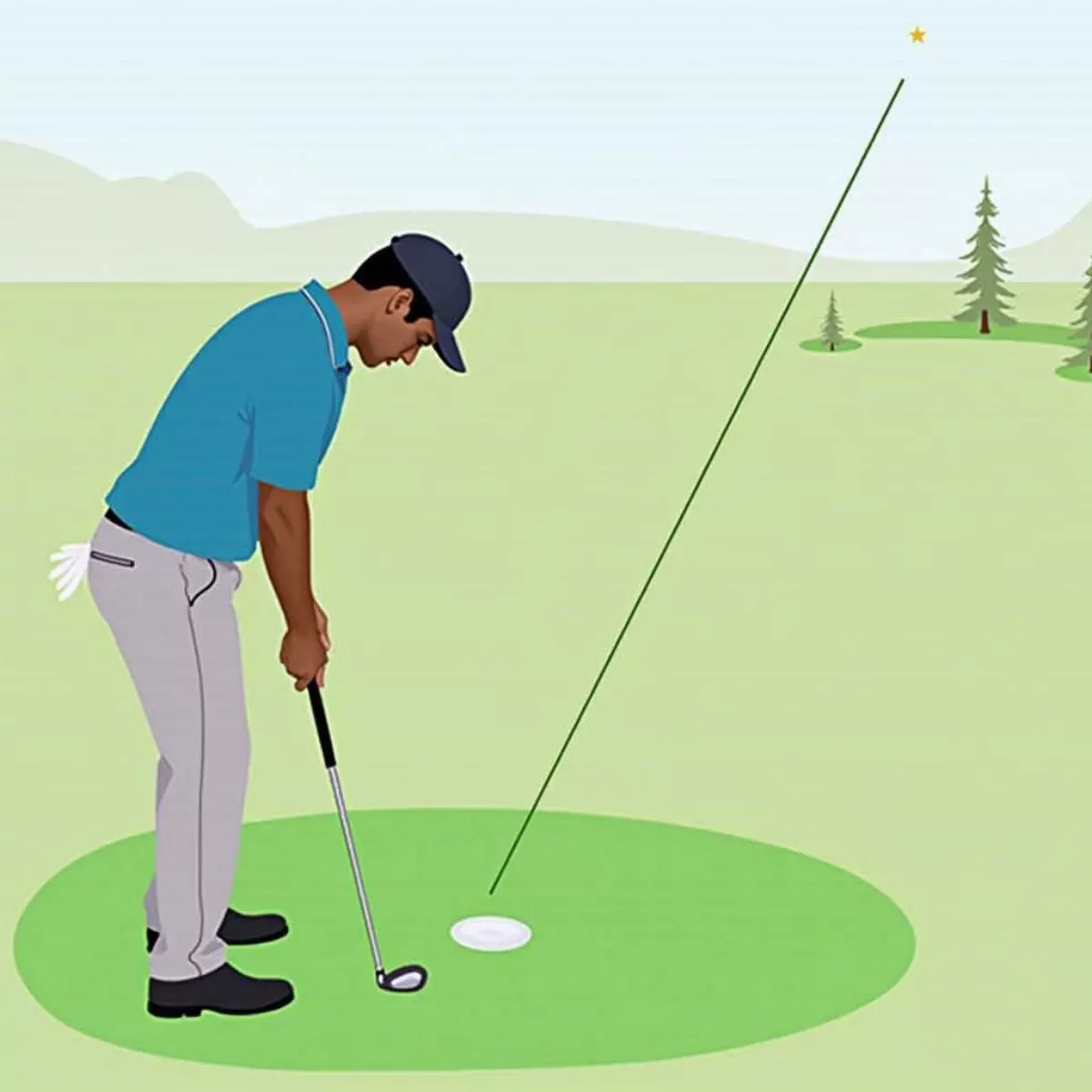
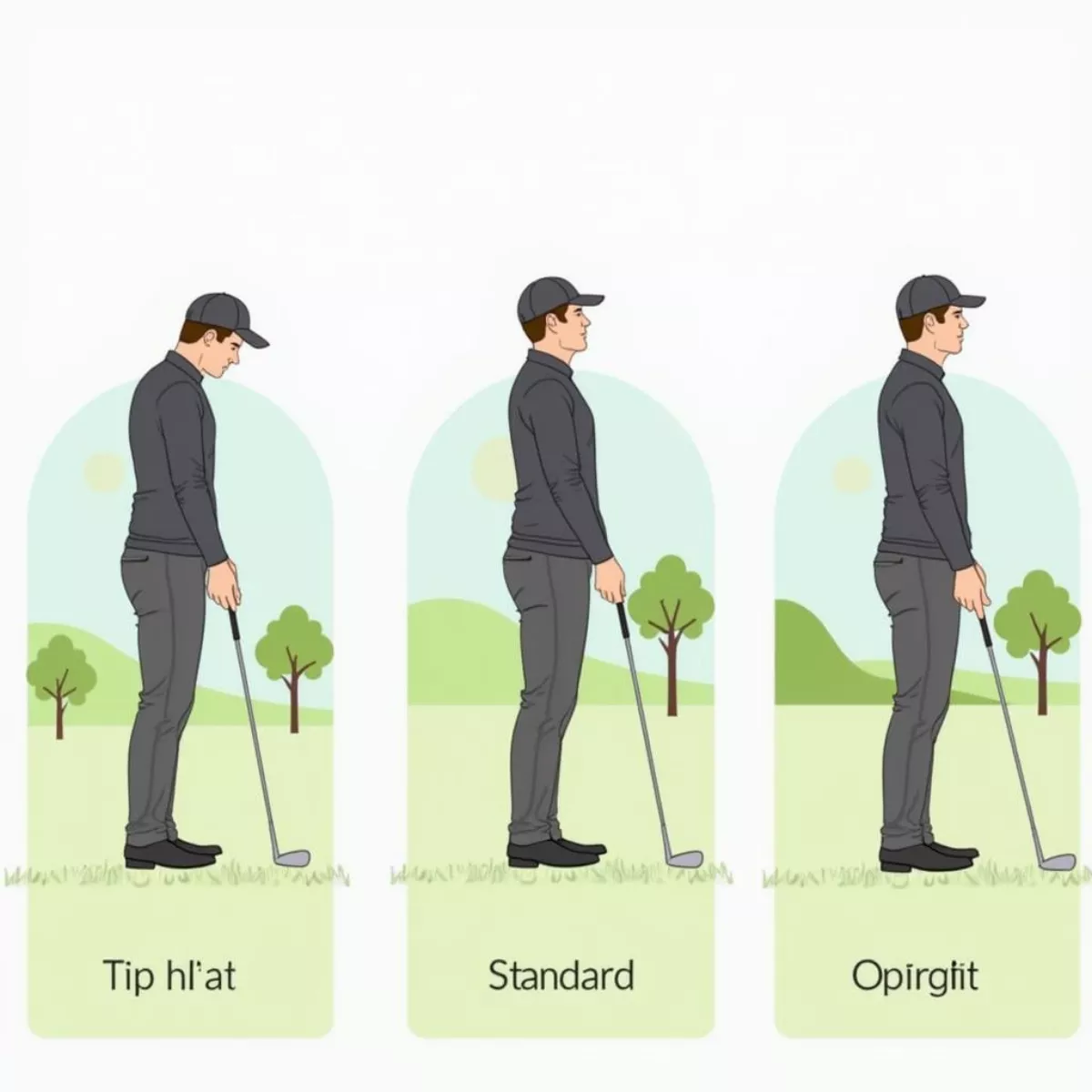 Putter Lie Angle Comparison
Putter Lie Angle Comparison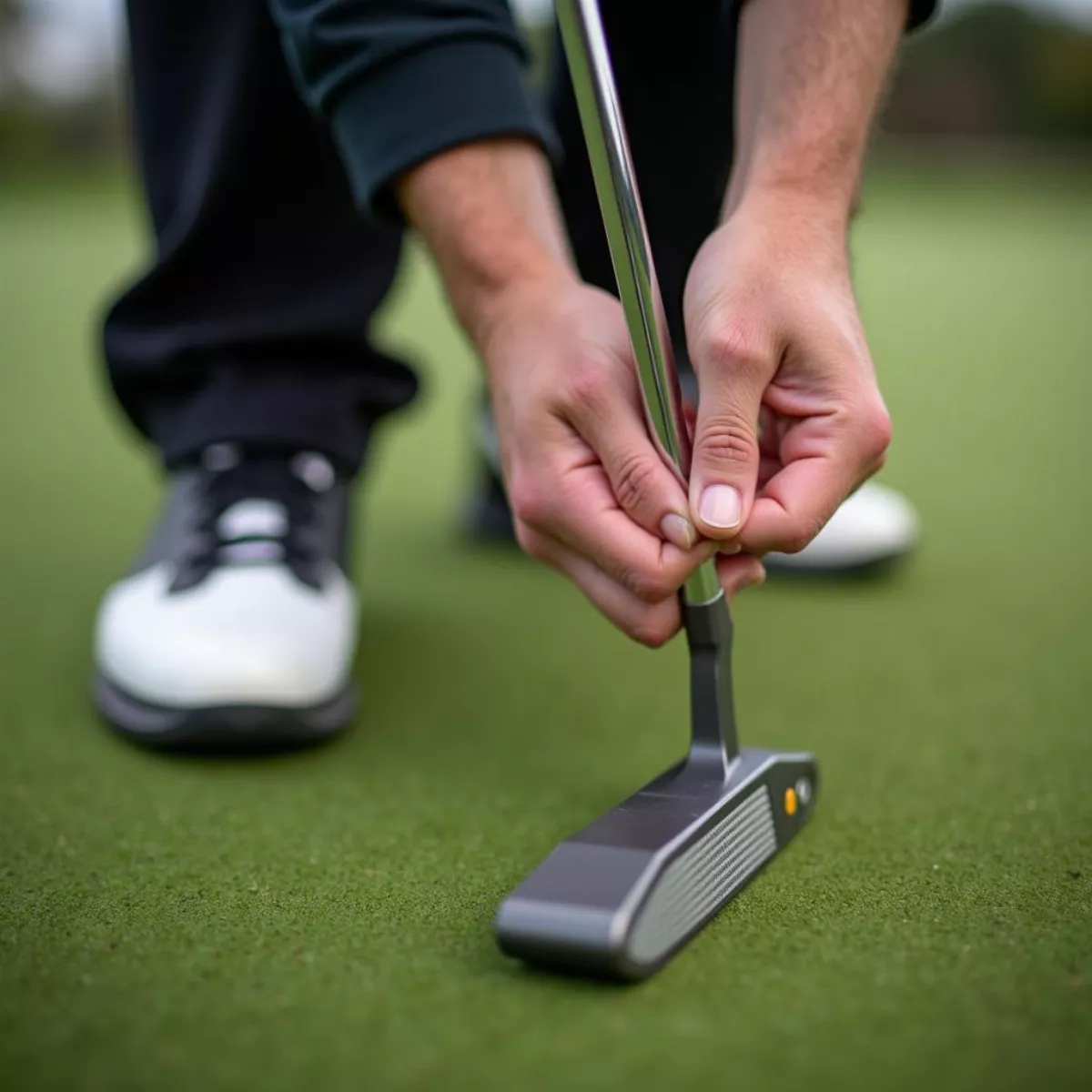 Measuring Putter Grip Size
Measuring Putter Grip Size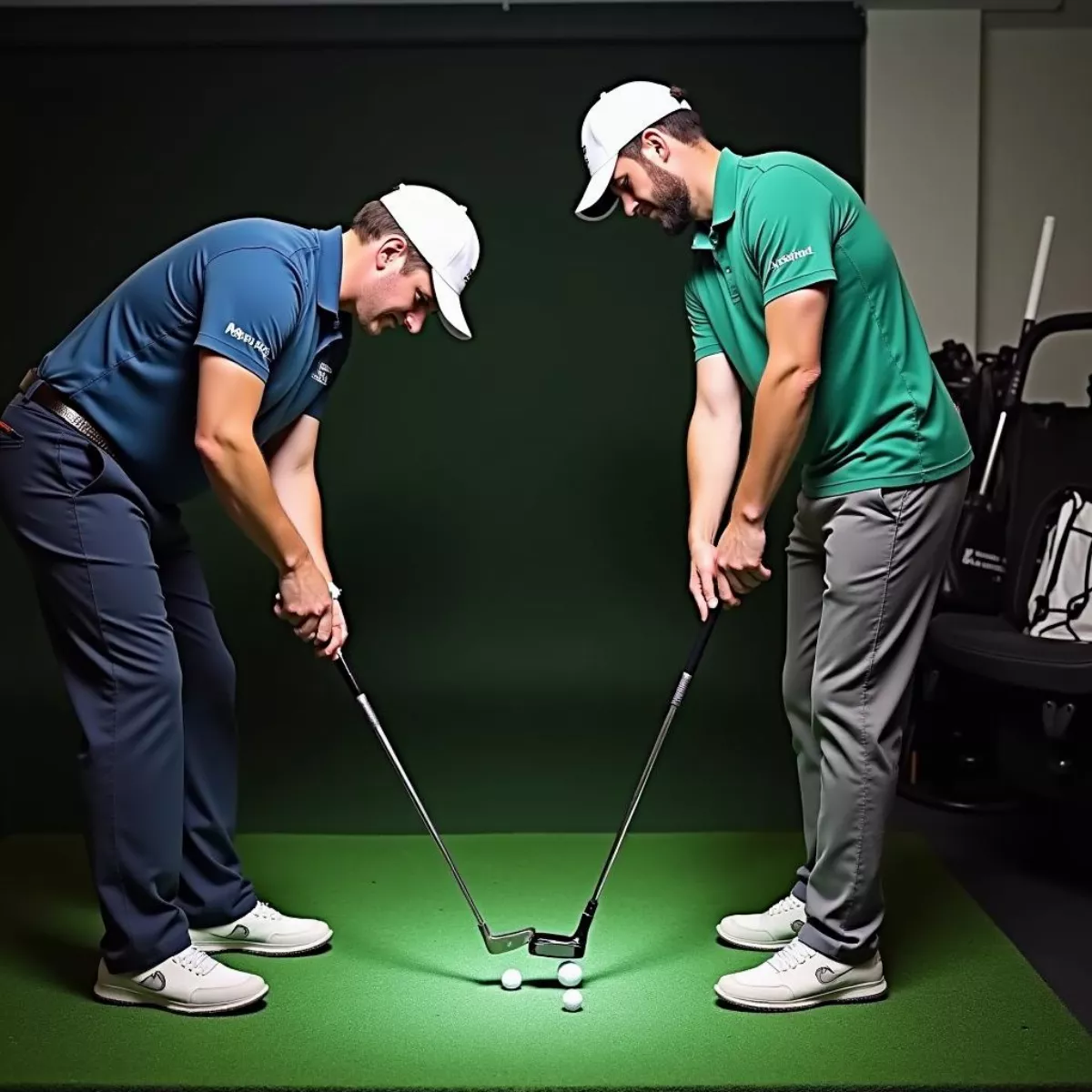 Professional Putter Fitting Session
Professional Putter Fitting Session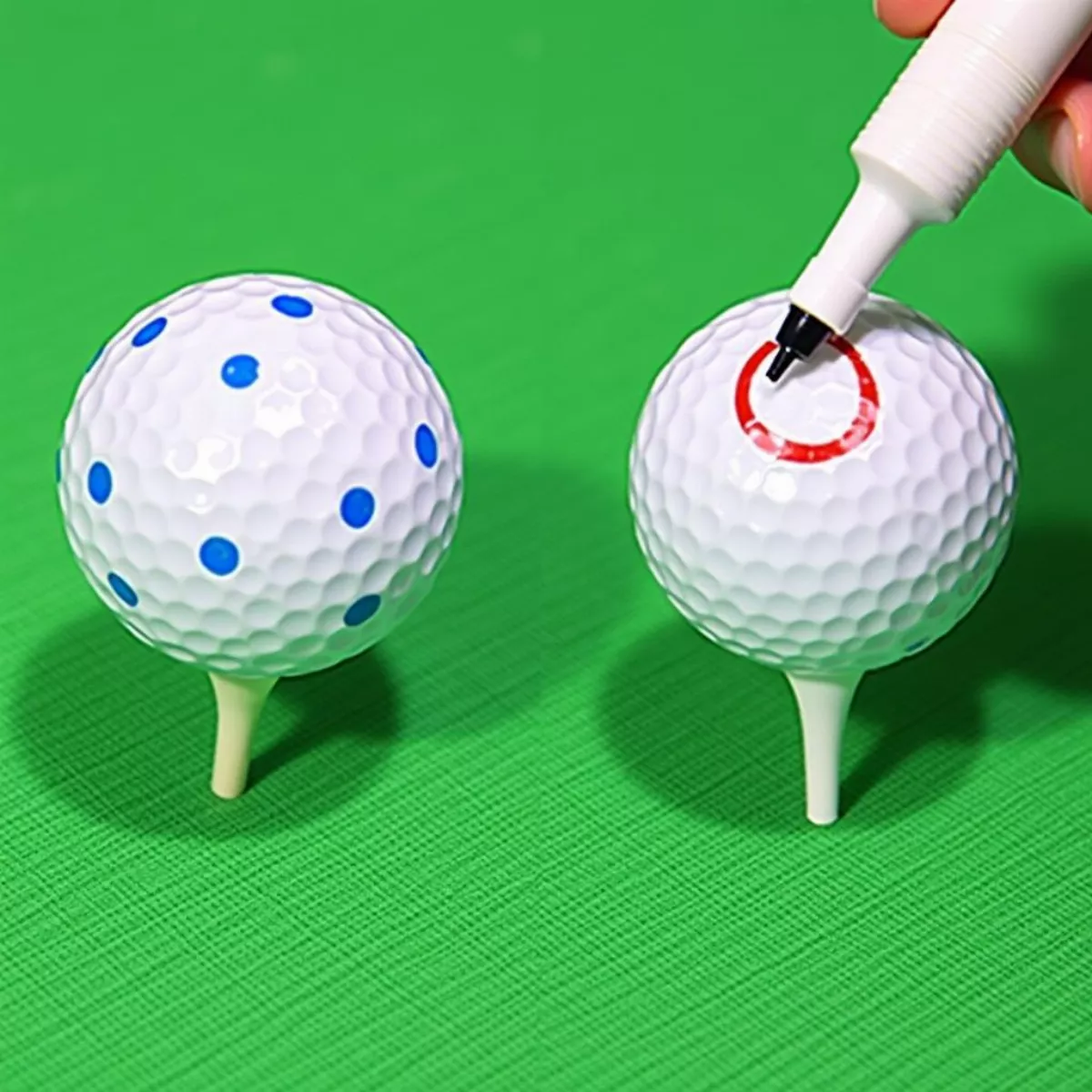
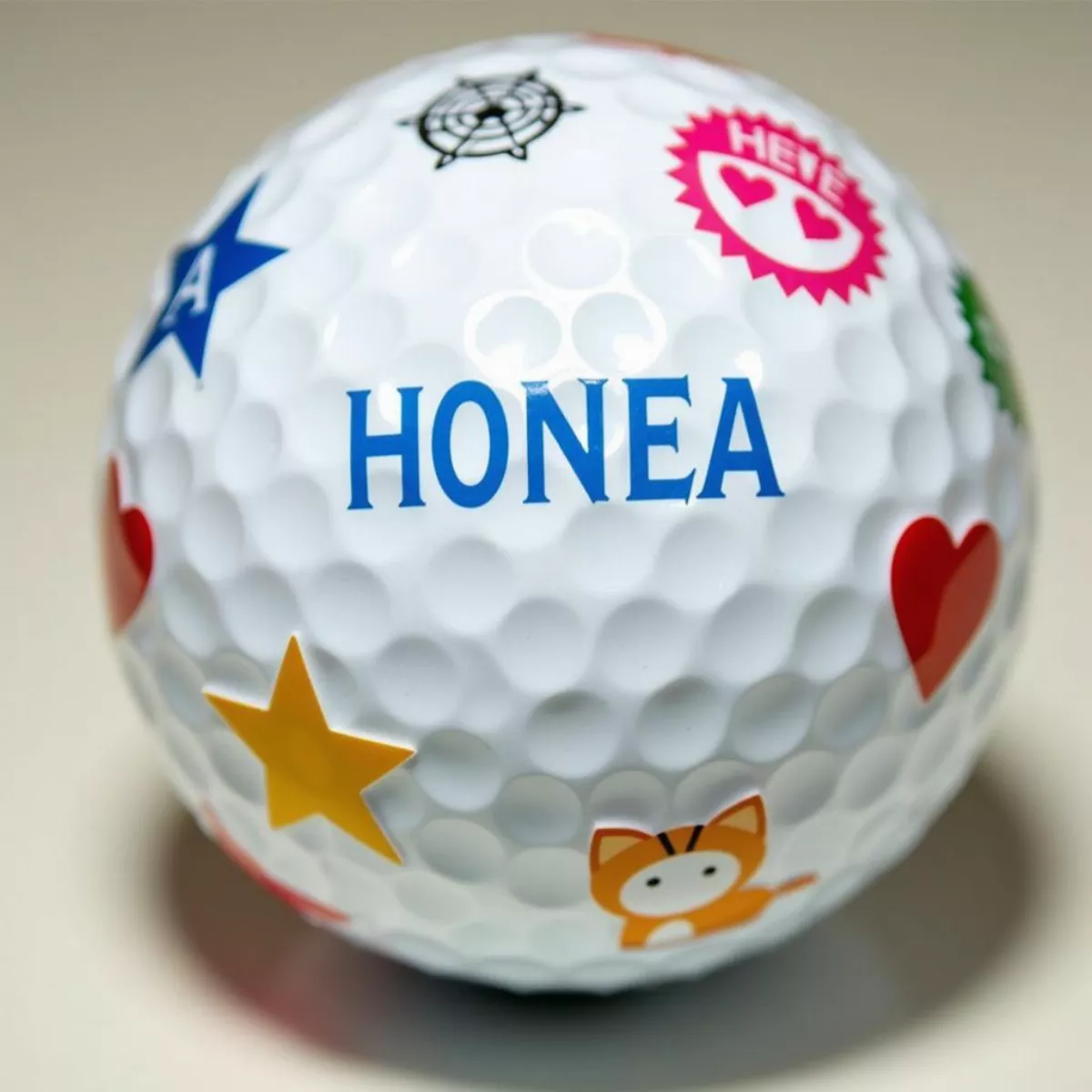 Golf ball with various stickers and decals
Golf ball with various stickers and decals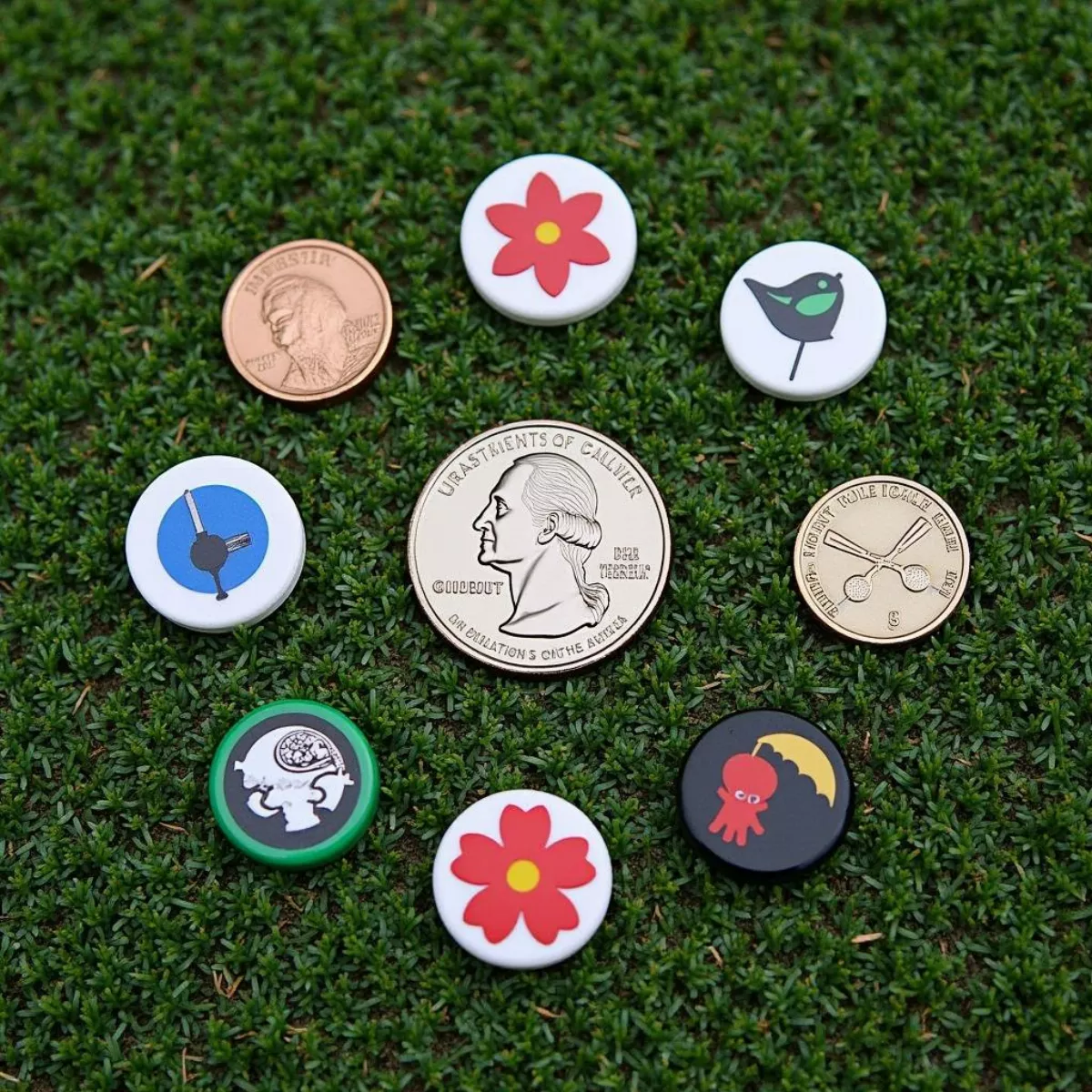 Different types of golf ball markers
Different types of golf ball markers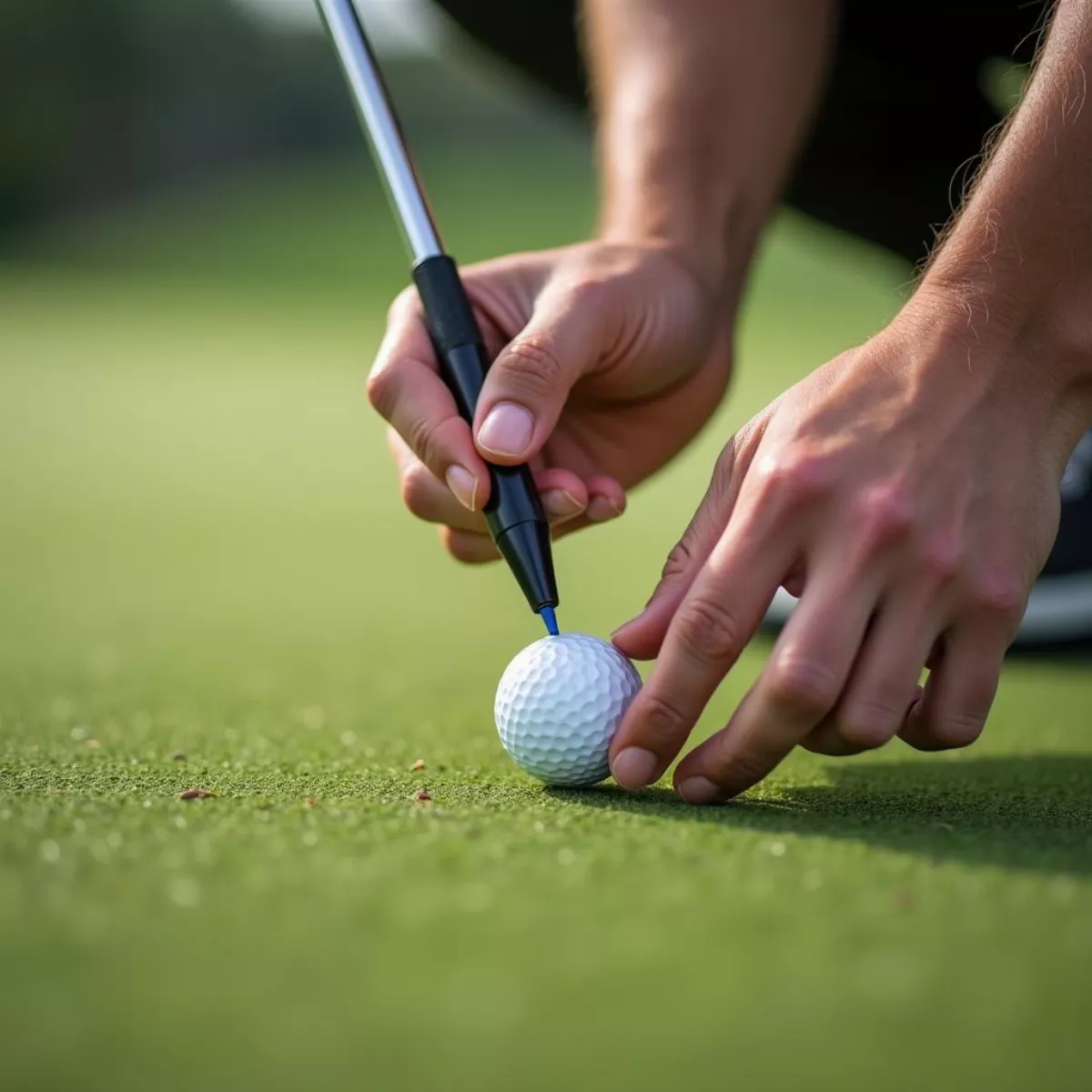 Golfer marking their ball on the green
Golfer marking their ball on the green
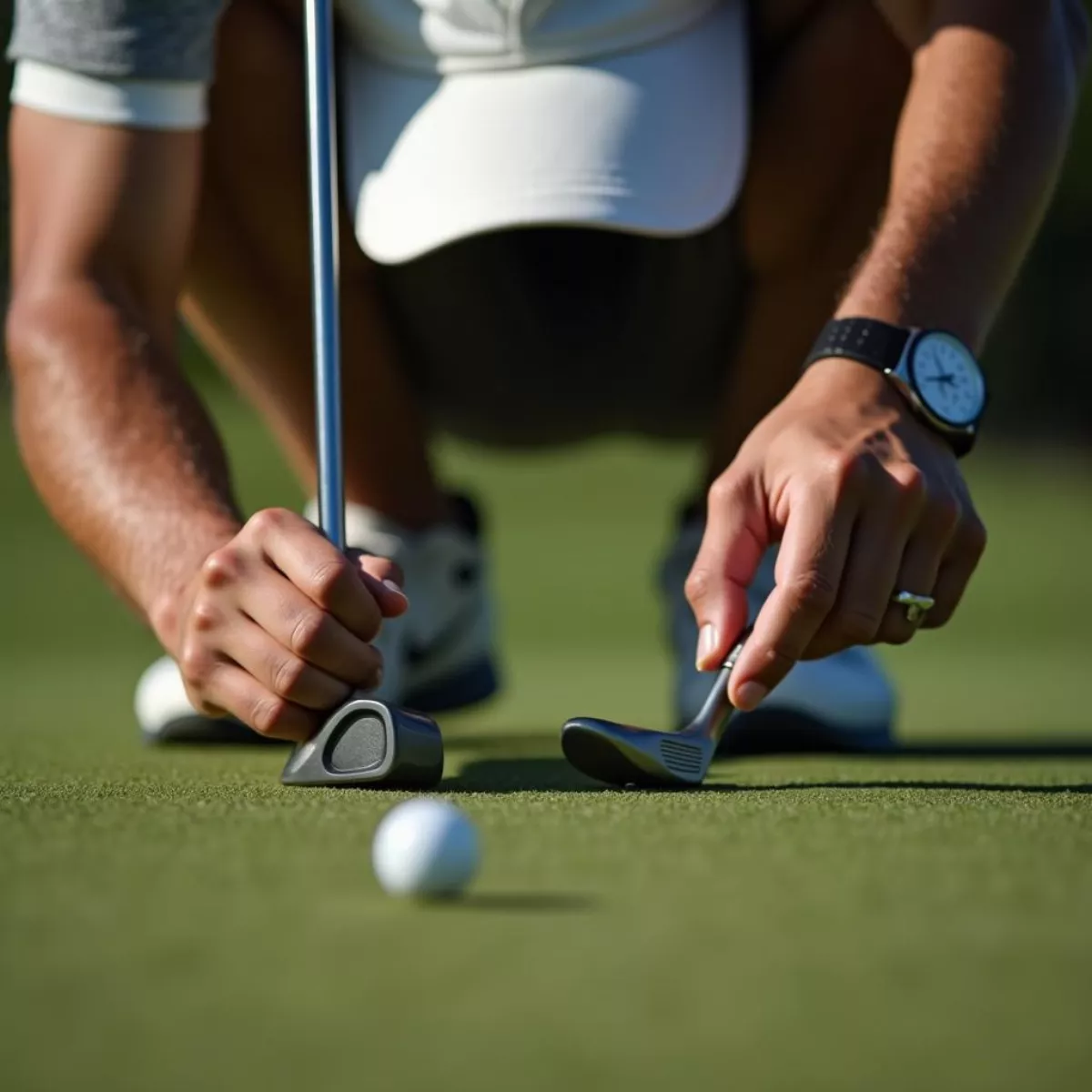 Golfer Concentrating on Putting
Golfer Concentrating on Putting Indoor Golf Simulator Practice
Indoor Golf Simulator Practice Golfer Celebrates a Hole-in-One
Golfer Celebrates a Hole-in-One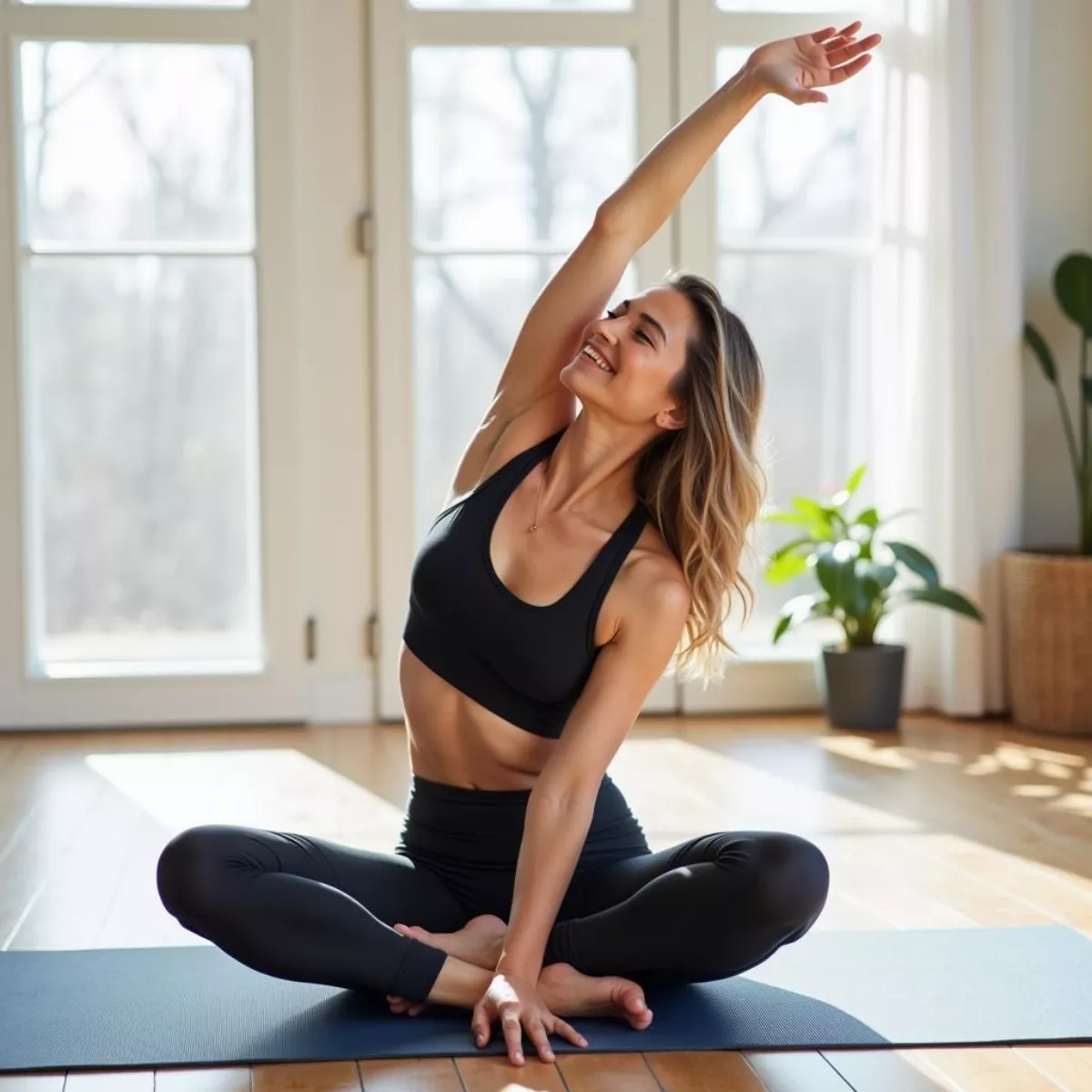
 Person Taking Break Outdoors
Person Taking Break Outdoors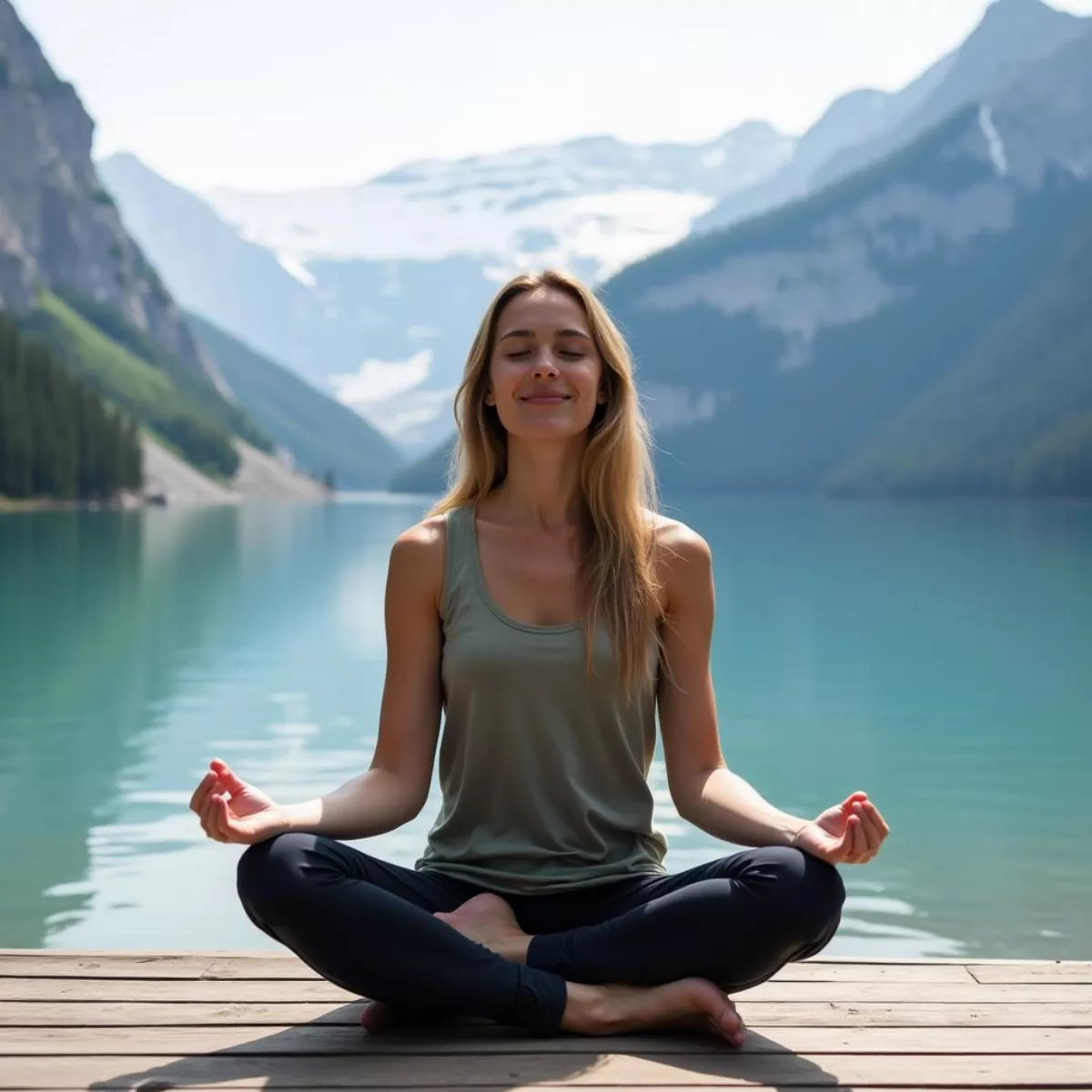 Person Meditating in Peaceful Setting
Person Meditating in Peaceful Setting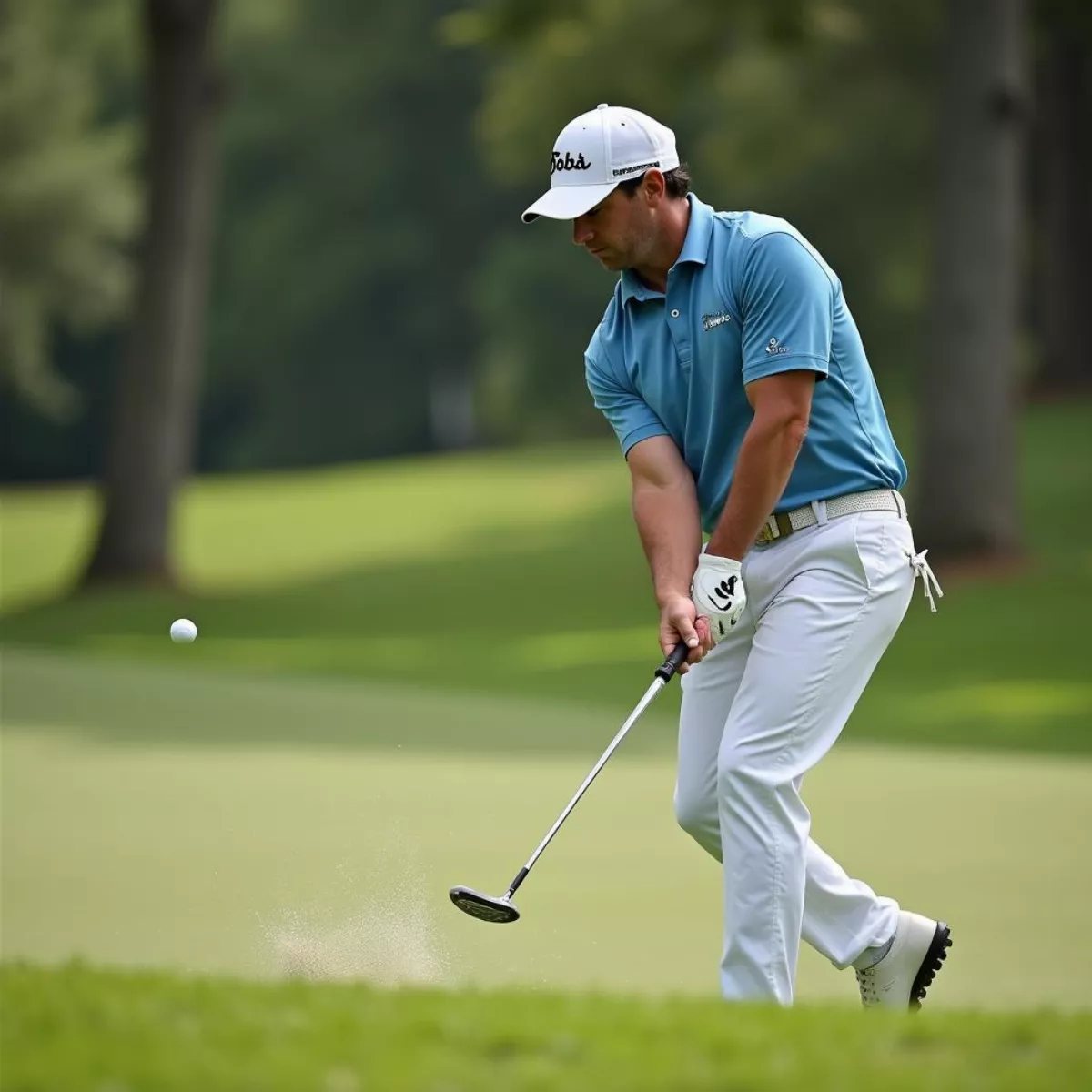
 Golfer Stretching Before a Game
Golfer Stretching Before a Game Golfer Analyzing Swing with Technology
Golfer Analyzing Swing with Technology Golfer Celebrating a Successful Shot
Golfer Celebrating a Successful Shot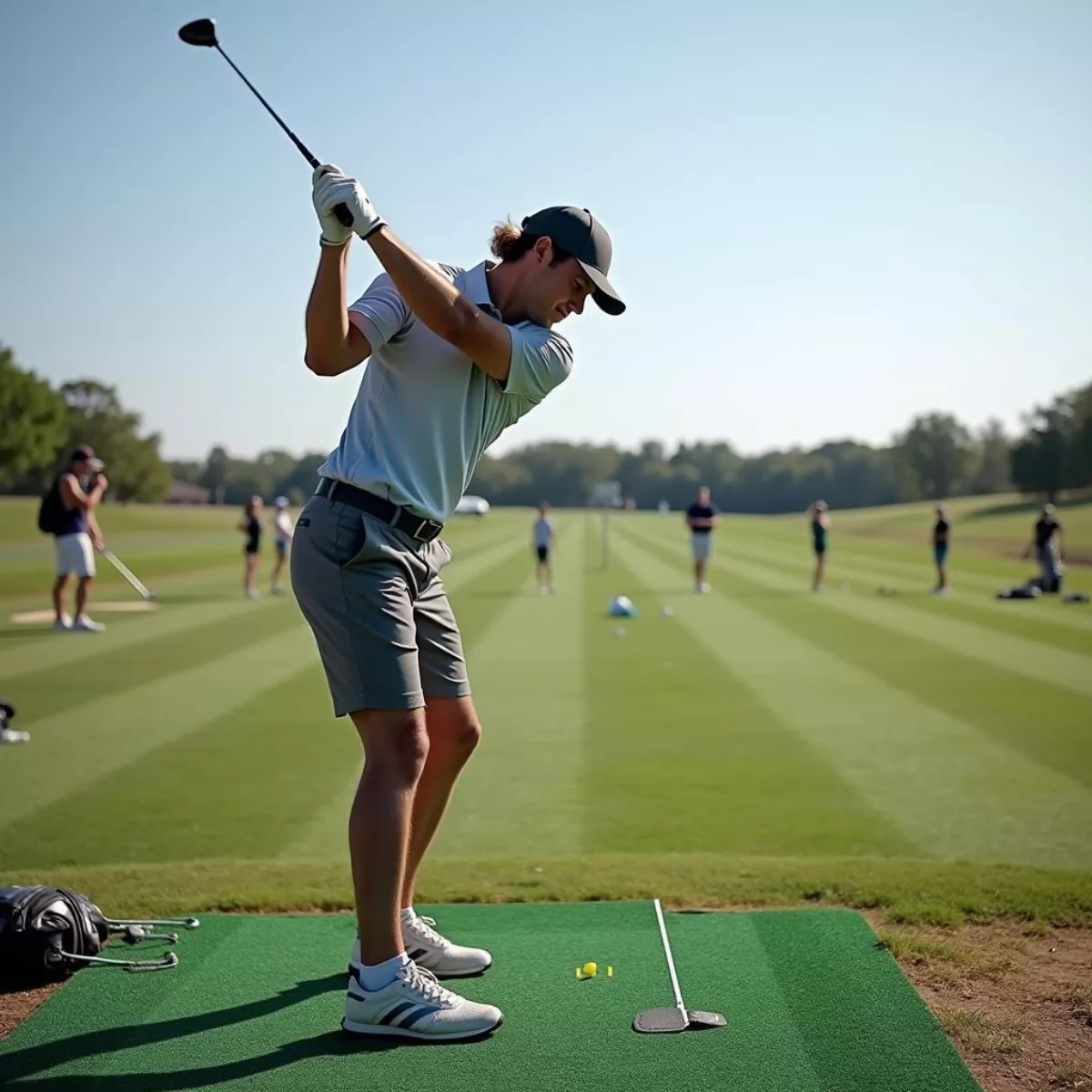
 Golfer visualizing shot during golf tournament
Golfer visualizing shot during golf tournament Professional golfer with sponsor logo during tournament
Professional golfer with sponsor logo during tournament Celebrating golfers holding a winning trophy
Celebrating golfers holding a winning trophy
 Shelter Island Ferry approaching the dock
Shelter Island Ferry approaching the dock Couple cycling on a scenic path in Shelter Island
Couple cycling on a scenic path in Shelter Island Golden sunset over the beach in Shelter Island
Golden sunset over the beach in Shelter Island
 Golf Sponsorship Proposal Infographic
Golf Sponsorship Proposal Infographic Golf Networking Event
Golf Networking Event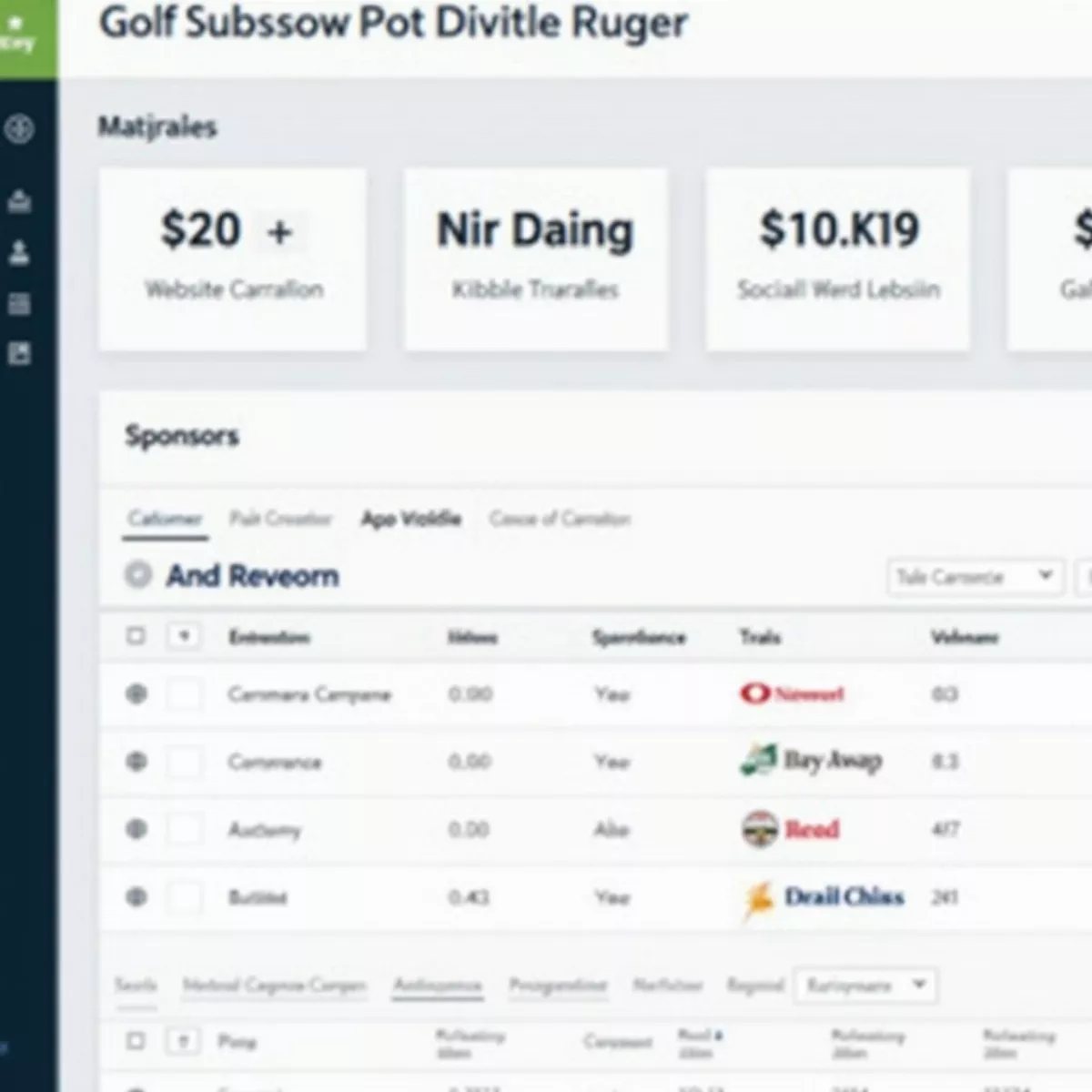 Measuring Golf Sponsorship Success Dashboard
Measuring Golf Sponsorship Success Dashboard